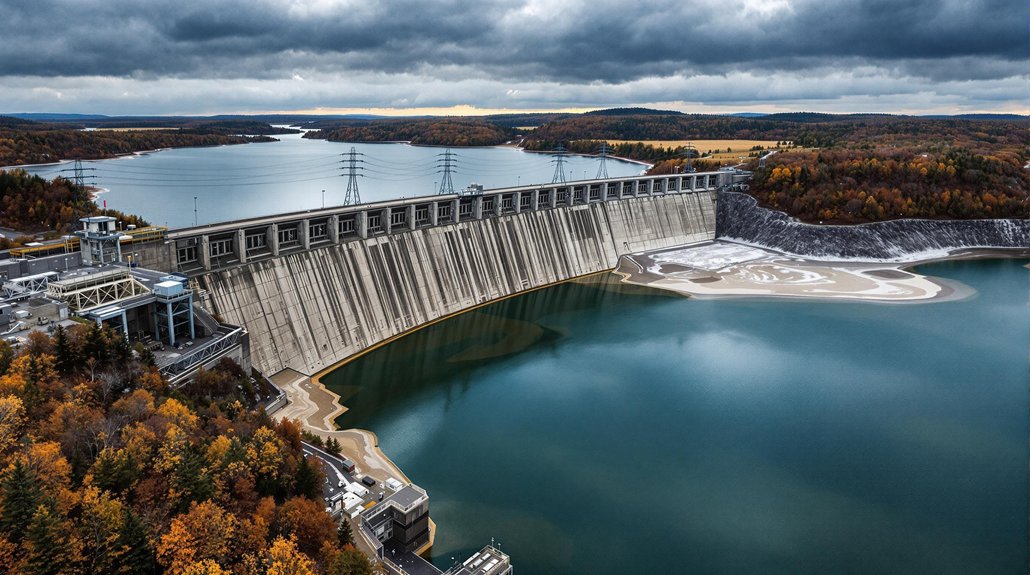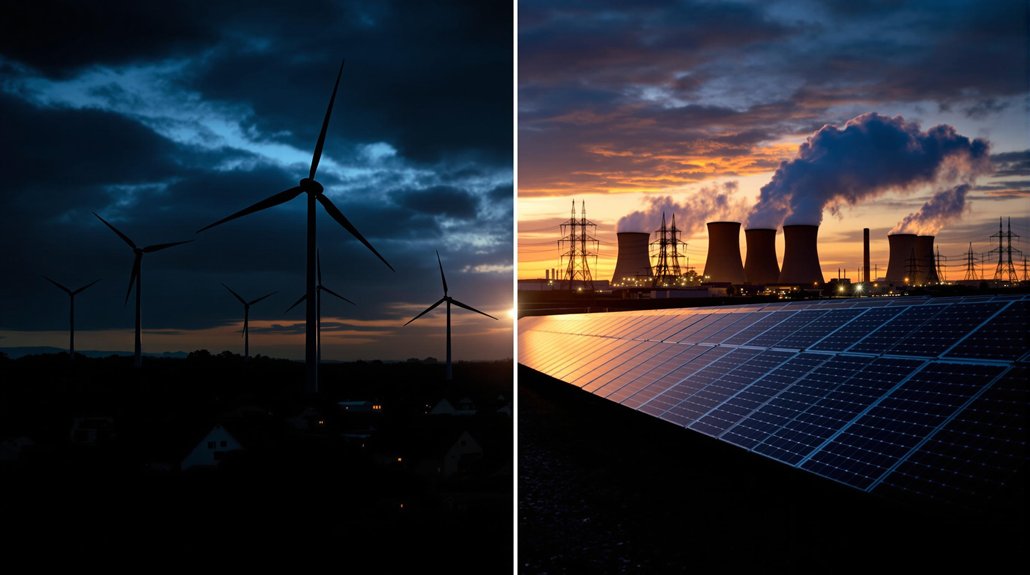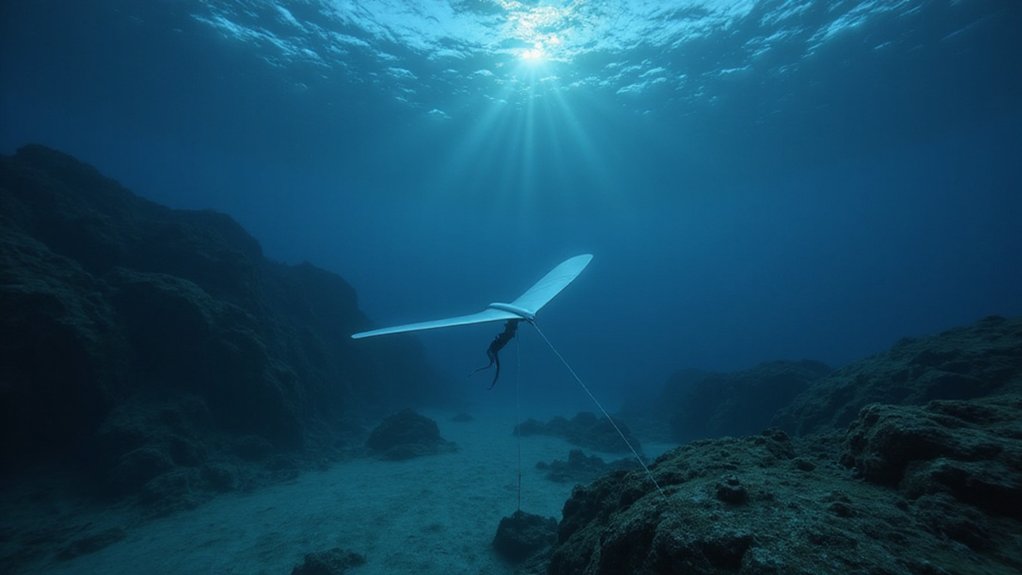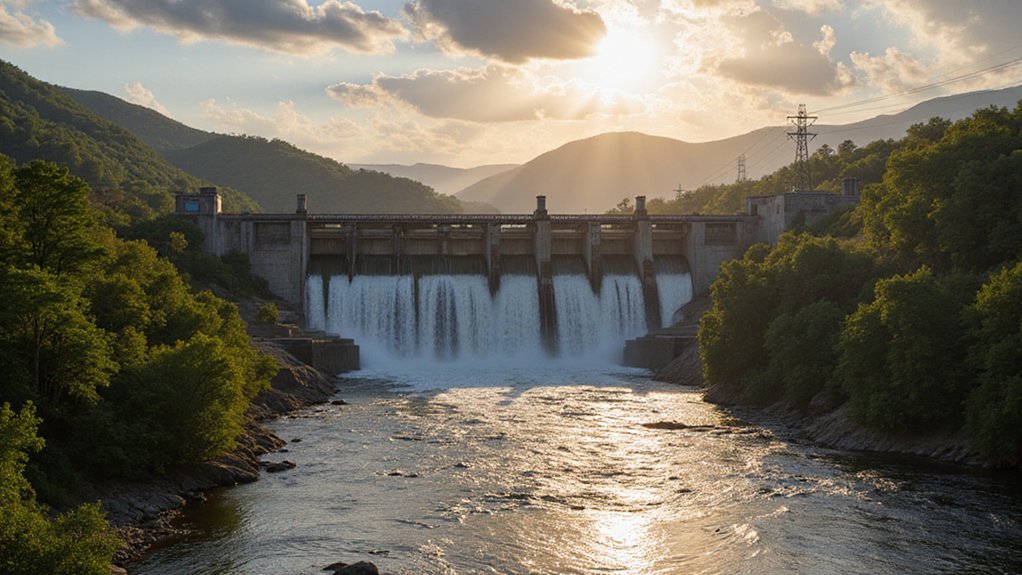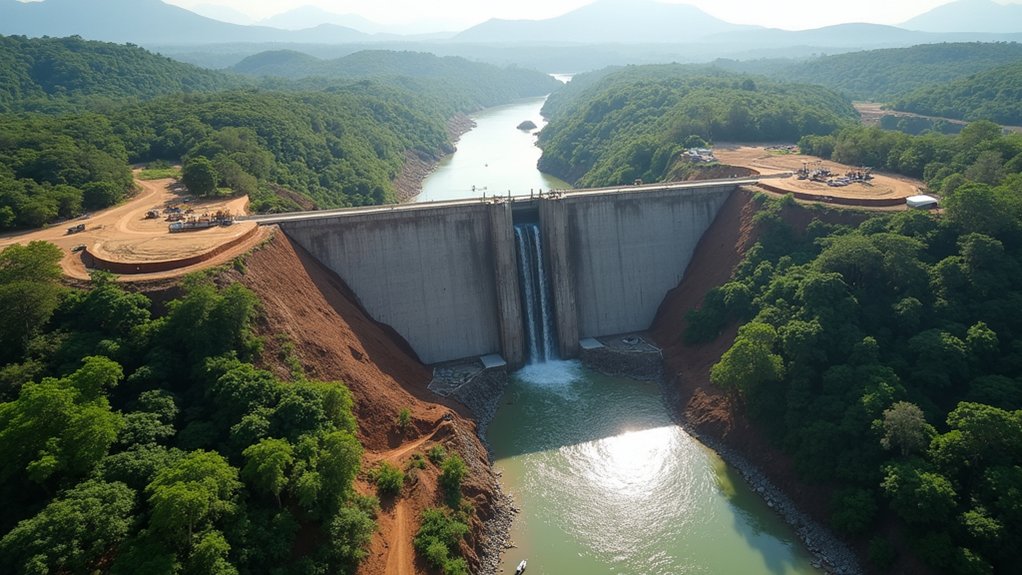Severe droughts in Quebec have drastically reduced hydropower exports to New England, forcing the region to rely on more expensive energy alternatives. Water reservoir levels are low while aging infrastructure struggles with extreme weather events. Hydro-Québec’s profits dropped 30% in early 2024, and the company will suspend exports in March 2025. This crisis threatens New England’s clean energy goals and electricity prices. The situation highlights broader energy security concerns for the northeastern power grid.
As severe droughts continue to grip Quebec, Canadian hydropower exports to New England have dropped dramatically, creating a ripple effect across the northeastern United States. The region has long depended on this reliable energy source from the north, but water reservoir levels are now too low to maintain historic export levels.
ISO New England, the region’s grid operator, has been caught off guard by the decline. They’ve been planning with the assumption that 2,000 megawatts of Canadian hydropower would be available during peak demand periods. This miscalculation is forcing New England to rely on more expensive energy alternatives, pushing electricity prices higher for consumers.
Grid operators planned for 2,000 MW of Canadian hydropower that’s now unavailable, forcing costlier alternatives and higher consumer prices.
The problem isn’t just about drought. Nearly half of Canada’s hydroelectric dams are more than 50 years old, making them vulnerable to extreme weather events. Floods have damaged key infrastructure, further limiting generation capacity. These challenges led to Hydro-Québec’s profits falling by 30% in the first nine months of 2024. The extended reduction in supply raises serious reliability concerns for the region heading into winter.
In an unusual twist, Canada even imported energy from the U.S. for three months earlier this year due to production shortfalls. This reversal highlights how serious the situation has become for a country known as a major energy exporter.
New power line projects like the 145-mile New England Clean Energy Connect, designed to bring 1,200 megawatts of power from Hydro-Québec by 2026, now face questions about whether there will be enough electricity to send south.
The crisis threatens clean energy goals across New England. States have been counting on Canadian hydropower to offset fossil fuels as they convert to renewable energy. Without this resource, meeting emissions targets becomes much harder. The recent export suspension from Hydro-Québec on March 6, 2025 has only intensified concerns about the region’s energy security.
Economic impacts are already being felt. Massachusetts utilities with long-term contracts may face price volatility if terms need to be renegotiated. Meanwhile, Hydro-Québec is prioritizing domestic energy needs over exports, further reducing what’s available for New England.
Experts say the situation calls for better forecasting and planning to reduce dependence on imports while accelerating local renewable energy development. Implementing smart grid technologies could help the region integrate 25-30% more locally-produced renewable energy, providing a more resilient alternative to imported power.
